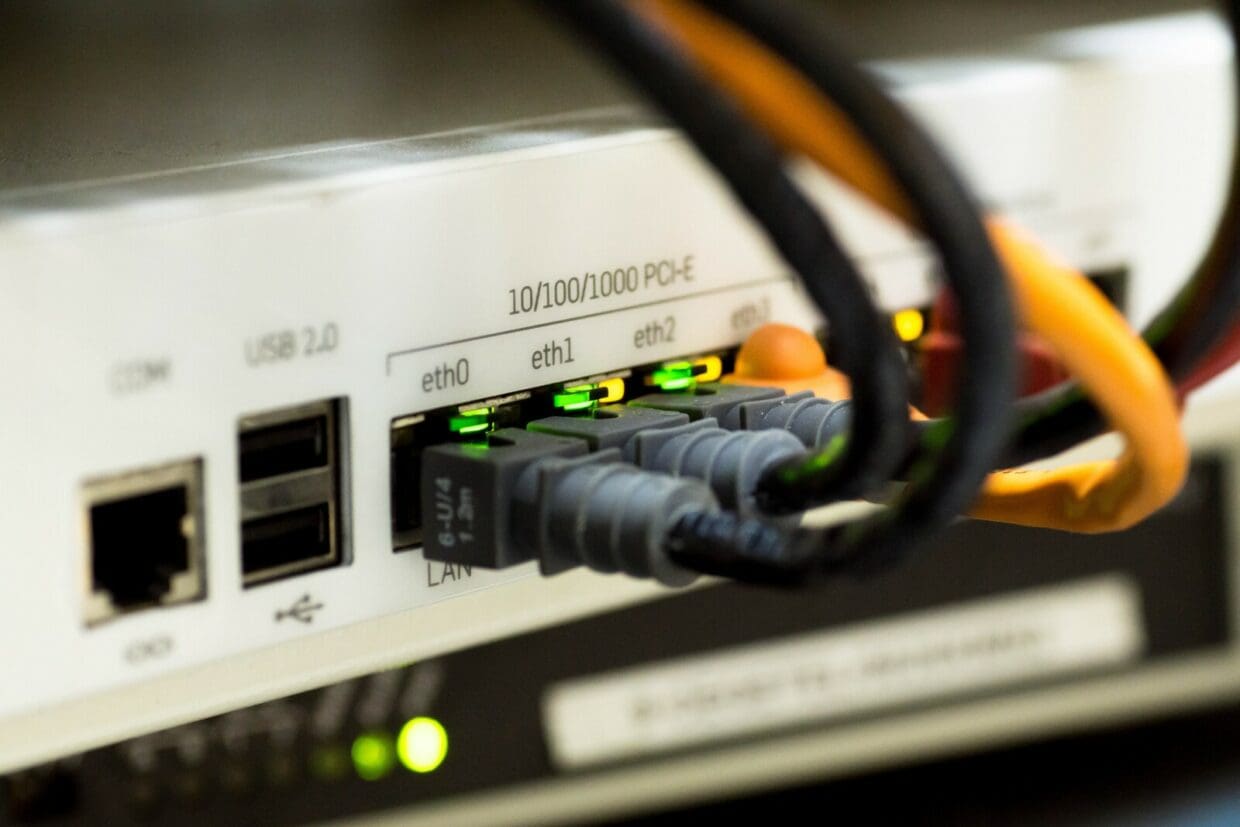The Self learning Control Layer – the ultimate in network automation
This post discusses some scenarios in the life of a Network Operations Manager where the concept of the Self Learning Control really comes into play.
Close those eyes and imagine your voice network of the future. What will it look like? I’m sure you all have something in mind. Readers of this blog know their voice networks. In fact don’t really close your eyes. Just pretend. Otherwise you won’t be able to read this.
I’m thinking of network management or operational practices. Got few scenarios for you.
What happens when one of your customers starts maxing out their SIP trunks? Presumably they call you up to complain and at some stage someone sells them more capacity.
Another one. One of your carrier partners offers good value minutes but is prone to occasional drops in call quality. What do you do about it? Switch carriers? How quickly do you find out about this problem? Do you wait for a report at the end of the month? Or wait until you get a bunch of complaints.
Then there’s the shock bill that happens when someone hacks into a customer PBX and indulges in some toll fraud. We’ve all seen it. A real pain to sort out. There are no winners.
These are all regular features in the life of voice network operations manager the whole world over. The sort of thing that keeps them awake at night.
I’d like to paint a different picture for you. One where the same network manager turns up to work every morning, grabs a cup of tea and sits down to review his network performance and spends the rest of the day working out where he is going to go on his holiday, or planning a strategic offsite team meeting in Brighton (you can pick your own destination). No hassles.

An impossible dream you say. No no I say to you. Doubt me not 🙂 It’s all down to how you monitor and control your network. Let’s look at this. Firstly monitoring. Monitoring is really about gathering the right data and then deciding how you respond to it.
Any sensible network operator will be gathering information about what is going on in their network. This might be data obtained from a Session Border Controller. Could be as simple as the information available in a CDR. Call success rates for example. Call volumes. No rocket science here. Then what if you monitor the RTP stream. What data may be available to you then? MOS scores maybe, jitter, delay. There is a lot of information available here that if you knew what to do with it could help you anticipate network problems.
You could tell when a particular trunk is regularly hitting its capacity. Also if a carrier side trunk was starting to show a deterioration in call quality could you automatically shut it down and reroute the call? Temporarily chose a different carrier. Why not?
Are you monitoring your traffic looking for suspect patterns where there might be fraud involved. Many ITSPs don’t. They rely on barring calls to high risk destinations, or setting low credit limits. This doesn’t have to be. The tech is available to spot trends and recognise when someone is trying to do bad things on your network.
It does of course need you to be able to do something with the information. For example if you spot a fraud in action then why not set up a feedback loop that cuts off the fraudulent calls and maybe blocks certain numbers. This could be done via an API into your softswitch of Applications Server. Why not? You just need to find out how you would do it.
Then there’s the capacity issue. Why not have a feedback loop that increases a customer’s SIP trunk count. This could mean automatically provisioning more bandwidth. It’s doable. It might mean increasing the commit on an Ethernet connection.
The switching carriers must surely be the easiest. Why not automate the process? You just need to have the capability. It’s out there.
At Netaxis we call this the Self Learning Control Layer. The Self Learning Control Layer consists of two halves. One is monitoring and the other is control. You gather your data, decide what to do with it and implement changes accordingly. Simples. Believe you me. Save you a lot of pain. And cash.





